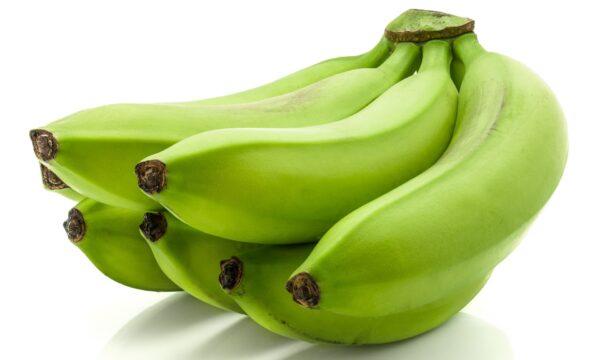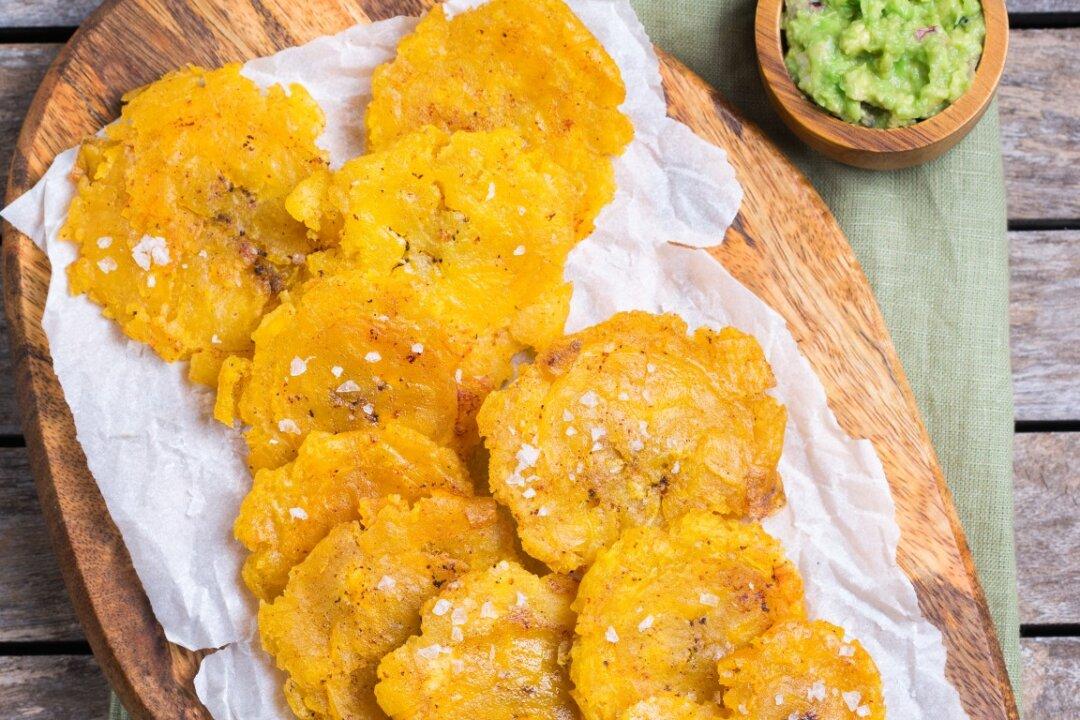The plantain is a staple in Latin American cuisine. Sometimes referred to as the macho banana, it’s a member of the banana family, but quite different from the ubiquitous sweet yellow Cavendish most common in North American grocery stores. (Fun fact: There are more than 1,000 varieties of bananas.) Besides tending to be bigger, the plantain has a thicker skin and starchier, firmer, and less sweet flesh. But it all depends on how and when you cook it.

Plantains have thicker skin and starchier, firmer, and less sweet flesh than bananas. When they're still green, they function like a starchy potato. PIXbank CZ/shutterstock





